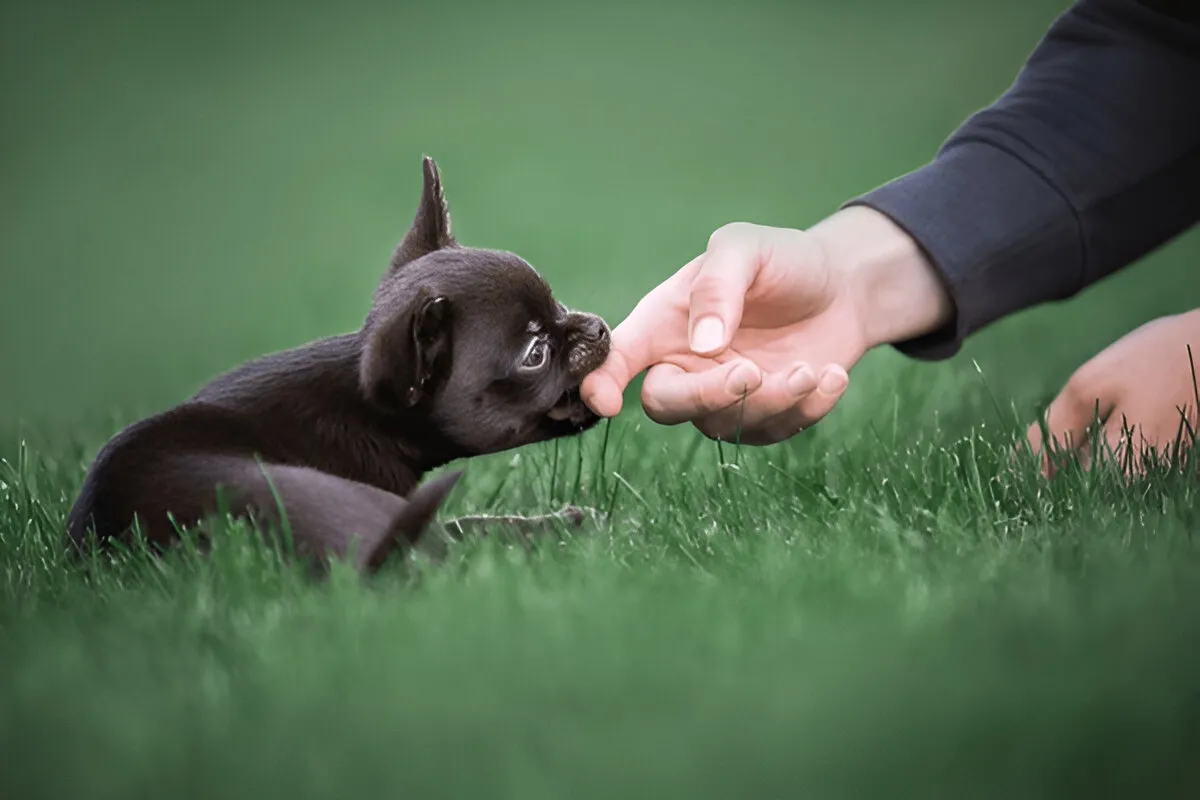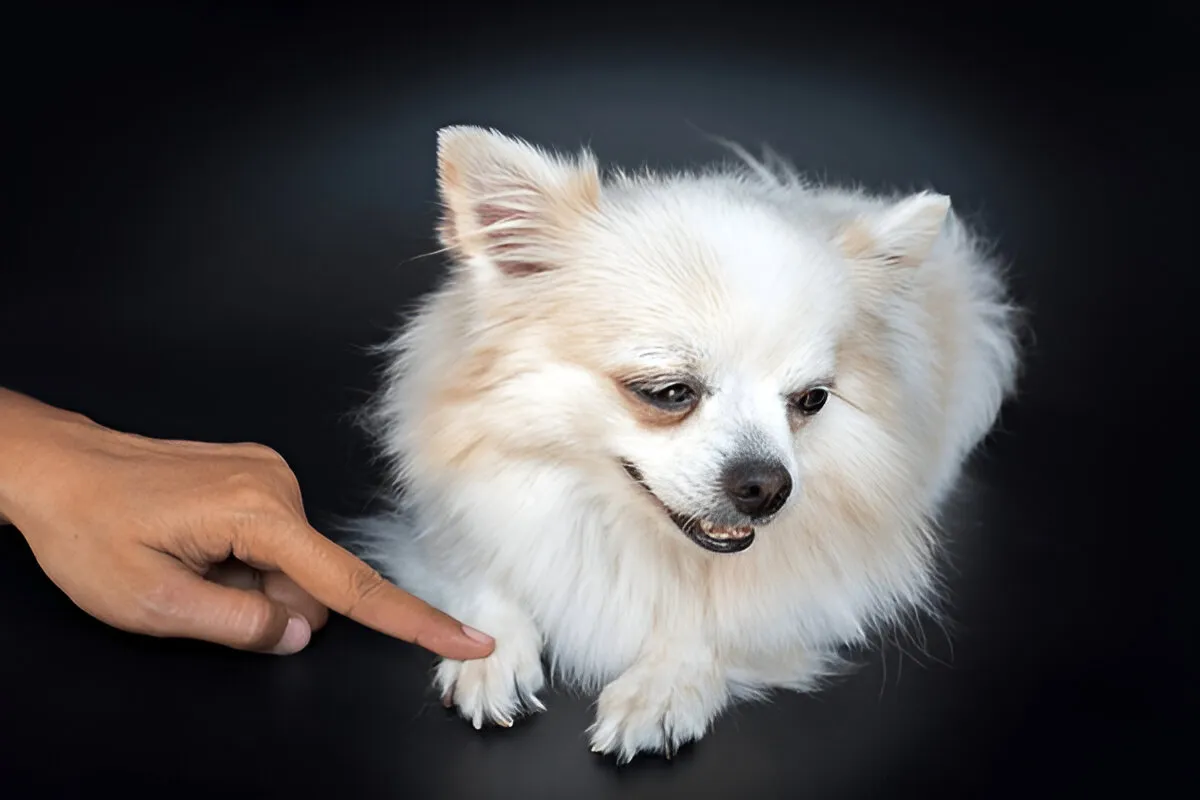
Welcoming a puppy into your Chicago home is a joyous occasion—but it’s also a responsibility. With the bustle of city life, obedience is more than good manners; it’s critical for safety, social harmony, and a thriving human-canine bond. From dodging rush hour foot traffic to behaving in bustling public spaces, your puppy must develop confidence, focus, and respect early on.
In this comprehensive guide, we’ll explore the basic puppy training commands every puppy should master, with a strong emphasis on leash training, housebreaking, and city-specific considerations. Whether you’re strolling through Grant Park or navigating the sidewalks of Wicker Park, these essential skills will equip your pup for success.
Why Basic Puppy Training in Chicago Is Essential for Urban Dogs
Chicago is a sensory-rich city filled with distractions—sirens, skateboarders, pigeons, bicycles, and busy intersections. Basic puppy training in Chicago isn’t just about good behavior—it’s about ensuring your puppy can navigate the city safely and confidently. Commands like come, stay, and leave it form the backbone of safety, allowing puppies to respond quickly in potentially dangerous situations.
Beyond safety, early obedience lays the foundation for lifelong learning. From behavioral expectations in your apartment building to interactions at local cafes or dog parks, urban dogs need to be socially adaptable and reliably responsive.
For those wondering about the right moment to begin this journey, it’s ideal to start early. Here’s a helpful resource on when to start puppy training in Chicago.
The First 10 Commands Every Puppy Should Learn
These commands form the core of obedience that supports leash skills, manners, and safety:
| Command | Primary Benefit |
|---|---|
| Sit | Foundation of impulse control |
| Stay | Reinforces patience and stillness |
| Come | Crucial for recall during emergencies |
| Leave it | Keeps pups away from dangerous objects |
| Drop it | Reduces choking risks and resource guarding |
| Heel | Promotes calm leash behavior |
| Down | Teaches submission and calmness |
| Crate | Supports house training and safe confinement |
| No | Sets clear behavioral limits |
| Watch me | Encourages sustained attention and focus |
Chicago pups trained with these commands are better equipped to handle distractions, ensuring enjoyable outings on the Riverwalk or inside dog-friendly retail spaces like Nordstrom or Whole Foods.
Getting Housebreaking Right from Day One

Housebreaking is typically the first major goal for Chicago puppy owners. Inclement weather, busy sidewalks, and apartment living can make this task seem daunting. However, consistency and timing are your best allies.
Take your puppy outside frequently—after sleeping, eating, and playtime. Use the same door, and lead them to the same spot, helping build muscle memory and a scent association. Praise and treats should immediately follow success.
Crate training speeds up this process tremendously. Dogs instinctively avoid soiling their sleeping area. Crating builds bladder control, aids in routine development, and prevents destructive behavior when you’re away.
Leash Training: Navigating Urban Life with Confidence
Chicago’s leash laws aren’t just ordinances—they’re essential for your puppy’s safety. Whether you’re headed to a local park or just circling the block, proper leash training allows both of you to enjoy walks without tugging, barking, or tangled messes.
Begin by introducing the leash indoors or in a calm backyard. Encourage your puppy to walk beside you with gentle guidance and high-value treats. Progress to busier settings only once your dog can maintain loose-leash walking in quiet environments.
If your dog struggles with urban stimuli, it may be time to consider structured support through puppy training in Chicago, which can provide expert techniques and distraction control.
Building Good Manners Through Socialization
Alongside command training, socialization prepares your dog for real-world experiences. This includes calmly encountering joggers, strollers, skateboards, loud vehicles, and other animals. Introduce new people, sounds, and sights in short, controlled doses—never force interactions or overexpose.
The goal is to encourage a neutral or positive response to unfamiliar stimuli. Socialization reduces the risk of reactivity, fear, and separation anxiety later in life. It’s also a prerequisite for stress-free vet visits and groomer appointments.
Many owners find success in structured environments like supervised group dog training classes where puppies can learn, play, and observe other dogs calmly.
Private vs. Group Training in the Windy City
Some dogs thrive in a social classroom environment. Others benefit more from undivided attention. Both private and group formats have their place in Chicago’s diverse dog training ecosystem.
- Private training is ideal for addressing individualized behavioral challenges such as leash reactivity, fearfulness, or attention-seeking.
- Group training improves social manners and fosters focus amid distractions in a safe, supervised setting.
Finding the right balance often depends on your schedule, goals, and your puppy’s personality. Learn about personalized options through private dog training services that cater to busy urban dog owners.
Common Training Pitfalls (and How to Avoid Them)

Even the most well-meaning owners can unintentionally create setbacks. Awareness of common mistakes will help you troubleshoot your approach early on.
| Mistake | Solution |
|---|---|
| Inconsistent commands | Stick to uniform cue words used by all family members |
| Rewarding bad behavior | Only reinforce behaviors you want repeated |
| Using punishment | Positive reinforcement works best and builds trust |
| Training when pup is tired | Choose times when your puppy is alert and engaged |
| Skipping socialization | Gradual exposure helps reduce anxiety and fear responses |
Training should feel like a game—not a chore. Keep sessions short (5–10 minutes), end on a high note, and always reward progress.
Reinforcement: The Secret to Retention
Teaching a command is one thing. Ensuring your puppy uses it consistently is another. Without ongoing practice, puppies can forget or ignore even the most well-initialized cues.
Create opportunities for reinforcement throughout the day. Ask your pup to “sit” before crossing the street, “stay” before dinner, and “come” during play breaks. Incorporating training into real life helps solidify learning faster than isolated drills.
Remember, dogs don’t generalize well. Practicing commands in multiple environments—parks, elevators, dog-friendly stores—ensures they respond anywhere.
Behavioral Challenges Unique to Chicago Puppies
Urban pups often encounter scenarios that suburban or rural dogs don’t. These include:
- Elevators and stairs: Many puppies find moving platforms unsettling.
- Public transportation: The CTA welcomes dogs in carriers—familiarity is key.
- Street noise: Sirens, horns, and crowds can induce fear or overexcitement.
- Canine congestion: City sidewalks mean more frequent dog-to-dog greetings.
Introducing these challenges one at a time helps prevent overwhelm. Focused basic puppy training tailored to Chicago’s environment can prevent long-term behavioral issues.
For help crafting a smooth training routine, Prestige Dog Training’s expert team is ready to assist with services across the city.
Bringing It All Together
Raising a puppy in Chicago comes with its unique set of joys and responsibilities. From dodging commuters on Michigan Avenue to keeping calm during weekend fireworks at Navy Pier, city life demands a well-trained canine companion.
Teaching essential commands, prioritizing socialization, and using positive reinforcement form the backbone of urban puppy training. The earlier you begin, the smoother the journey will be—for both you and your pup.
At Prestige Dog Training, we proudly offer expert support for basic puppy training, leash training, housebreaking, and beyond. Whether you’re in West Loop, Logan Square, or Lakeshore East, we’re ready to help your puppy become a confident Chicago citizen.


